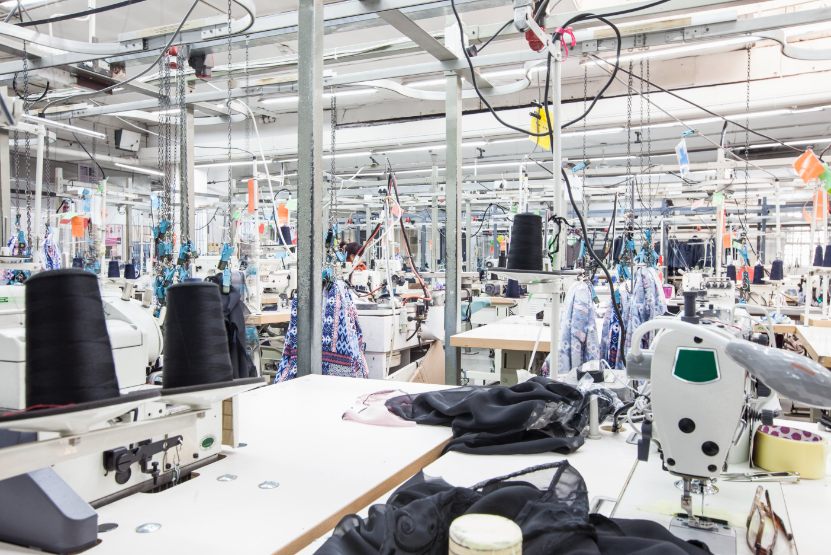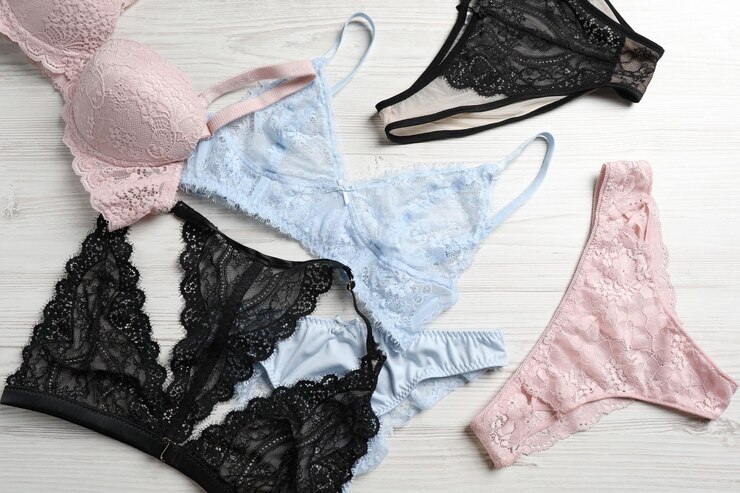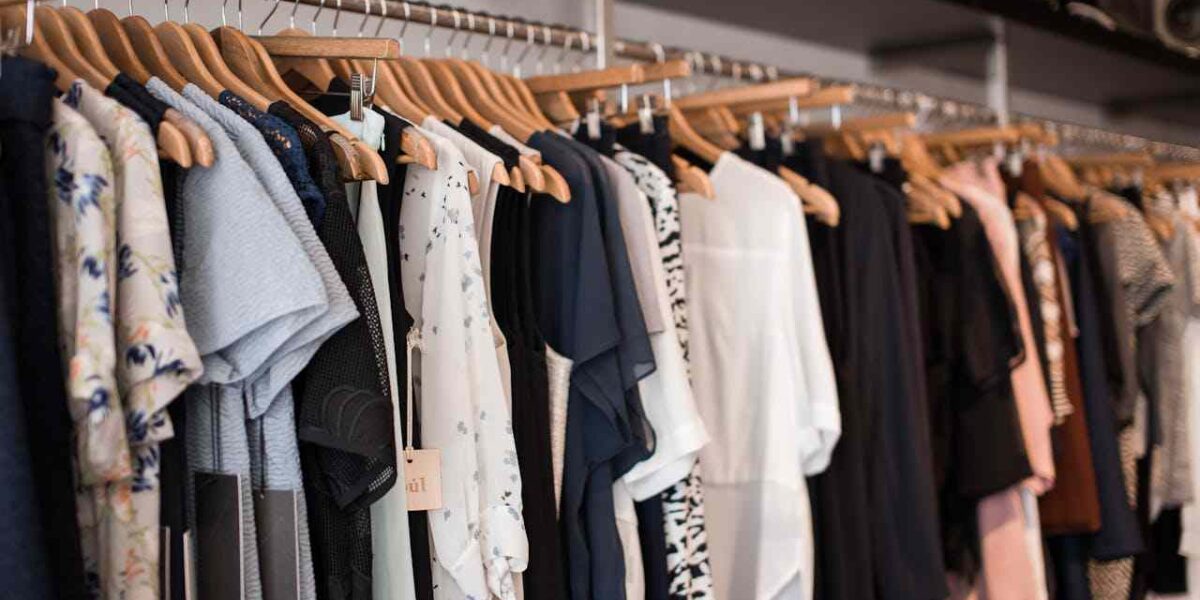You want to enhance your outerwear game and establish yourself as the person with the ideal jacket for every situation.
Jackets are a crucial component of every outfit, whether for style or comfort. Think of puffy jackets for easy outdoor looks and leather jackets for edgy urban looks as examples of how each design has its own distinctive characteristics. All the information you require regarding the different jacket types made for men and women may be found on this page.
Stylish clothing that draws its inspiration directly from the runway will spice up your wardrobe this season. To stay warm while delivering glamour every day of the week, read on to discover more about what’s trendy and seasonally appropriate in terms of jacket styles.
You’ll become a jacket manufacturing guru after reading this and be equipped to handle any situation with your clothing.
The Classic Leather Jacket: A Timeless Style Staple

A timeless piece of clothing is the leather jacket. Even though a premium leather jacket is an investment, with the right maintenance, it can last for years. Look for styles made of soft, supple leather that conform to your shape over time. Lambskin, calfskin, or goatskin are excellent, durable options.
For a jacket you can wear year-round, choose a lightweight style in a neutral tone like black, brown, or navy. Pair it with everything from jeans and a tee to a little black dress.
To incorporate this timeless trend into your look, start with a simple, fitted motorcycle jacket. Silver hardware and an asymmetric front zipper add a touch of edge. Or, for a retro vibe, go for a bomber jacket with knit cuffs and a collar.
A leather jacket will always look fashionable, regardless of the silhouette you choose. Let’s find the perfect one for your fitting.
Bomber Jackets: From Military to Mainstream

Bomber jackets have a rich history, originating as flight jackets for pilots in World War I. Today, they’ve become a fashion staple for any casual, cool look.
The bomber jacket gets its name from its original purpose: keeping pilots warm in open cockpit planes. Now, its iconic style is perfect for transitional weather. Bombers are light, hip-length jackets made of leather, wool, or synthetic fabrics like nylon or polyester.
Popular Styles
- MA-1 jackets are lightweight nylon with an orange lining and ribbed cuffs and waistbands.
- A-2 jackets are the classic leather style originally designed for Air Force pilots.
- Suede bombers offer a stylish twist in a soft, supple fabric.
No matter what material for the jacket you choose, look for a bomber with:
- Zip or button front: Zippers are more casual, and buttons are more polished.
- The elasticized waist and cuffs create a snug yet comfortable fit.
- Multiple pockets: Two side pockets and an interior chest pocket are common.
- Neutral colors: Black, brown, olive green, navy, and gray go with everything.
Once only for rebellious youth, the bomber jacket has earned its place in fashion. Comfortable, versatile, and stylish, a bomber can add instant cool to any look. Whether in leather, wool, or nylon, this iconic jacket will keep you looking cool.
The Versatile Jean Jacket: Denim’s Greatest Hit
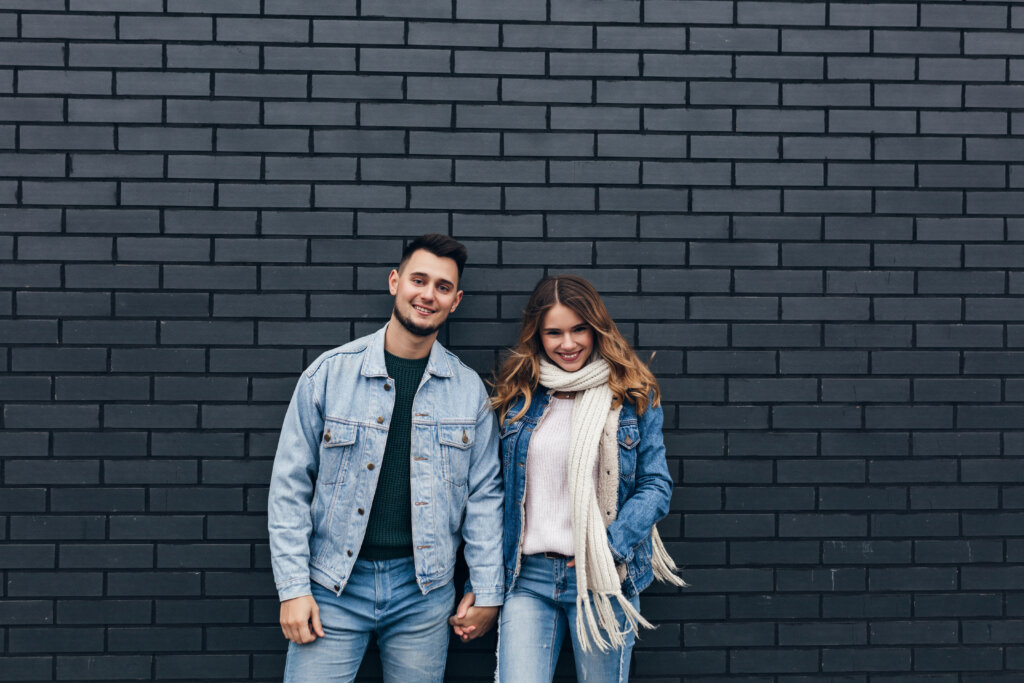
Every wardrobe should have a denim jacket, also referred to as a jean jacket. It is a timeless classic. This time-honored, casual style has been popular for a long time and is still relevant today.
A jean jacket is remarkably versatile. Denim jackets come in a range of washes, from dark indigo to light stonewash. Pick a wash that blends well with the rest of your denim wardrobe and your style. The appearance can be made more relaxed and casual by adding features on the jacket that are frayed, ripped, or distressed. In order to layer underneath, look for a well-fitting jean jacket.
You’ll wear a jean jacket for years to come, regardless of the wash or design you select. Consider adding extra flair to yours by embroidering, adding patches, or adding pins to make it truly your own. When you have a favorite denim jacket in your wardrobe, you’ll start to wonder how you ever survived without it.
Stay Cozy in a Wool Peacoat This Winter
A wool peacoat is a classic jacket style you’ll wear for years to come. This hip-length double-breasted coat is tailored and fitted, making it a stylish choice for casual and semi-formal wear.
Made of a wool blend, a peacoat will keep you cozy when temperatures drop without feeling too heavy. The thickness provides insulation, protecting you from wind and cold while still looking fashionable. The double row of buttons, often anchor-themed, and wide lapels give it a traditional naval-inspired look that’s timeless.
For extra warmth, look for a peacoat with a quilted or insulated lining. A hood provides coverage but can sometimes feel bulky, so choose one that is detachable. Deep pockets let you keep your hands warm and store essential items.
A peacoat can be dressed up for work by wearing trousers and a button-down shirt with a pair of jeans and a sweater for a weekend coffee date. Any winter wardrobe should have it because of its adaptability. Black, navy, and camel are classic colors that will complement any style.
Once you have a wool peacoat, you’ll wonder how you ever braved winter weather without it. This timeless jacket has enduring style and will keep you comfortable no matter what activities the chilly season brings.
Raincoats and Anoraks: Weatherproof Jackets for Wet Weather
When the weather outside is frightful, a reliable rain jacket or anorak will keep you dry. These lightweight jackets are designed specifically for rainy or snowy days.
Anoraks and raincoats come in a range of styles. You’ll find hooded versions as well as collarless designs. Rain jackets typically have a nylon shell with sealed seams and Velcro or zipper closures. Many have additional features like storm flaps, ventilation zips, and pockets.
For casual use, consider a pullover anorak. You don’t need to fasten any closures, and they are simple to throw on. You can leave after simply putting it over your head. Anoraks often have a slightly roomier cut, so they can fit over layers.
Trench coats or parka-length raincoats are the best options if you require something more robust. Some of these even reach the knees. These go down to at least the mid-thigh. In addition to protecting your legs from the rain and wind, longer coats will keep more of you dry.
When shopping for a rain jacket, check the water resistance or waterproof rating. For light rain, look for a rating of at least 5000mm. For extended exposure or heavy rain, aim for 10,000 mm or higher. Sealed or taped seams are also important to keep moisture out.
With the right rain jacket or anorak, you’ll be ready for whatever weather comes your way. Stay cozy and dry all season with one of these indispensable outer layers.
More Jacket Types
Burkini Jacket
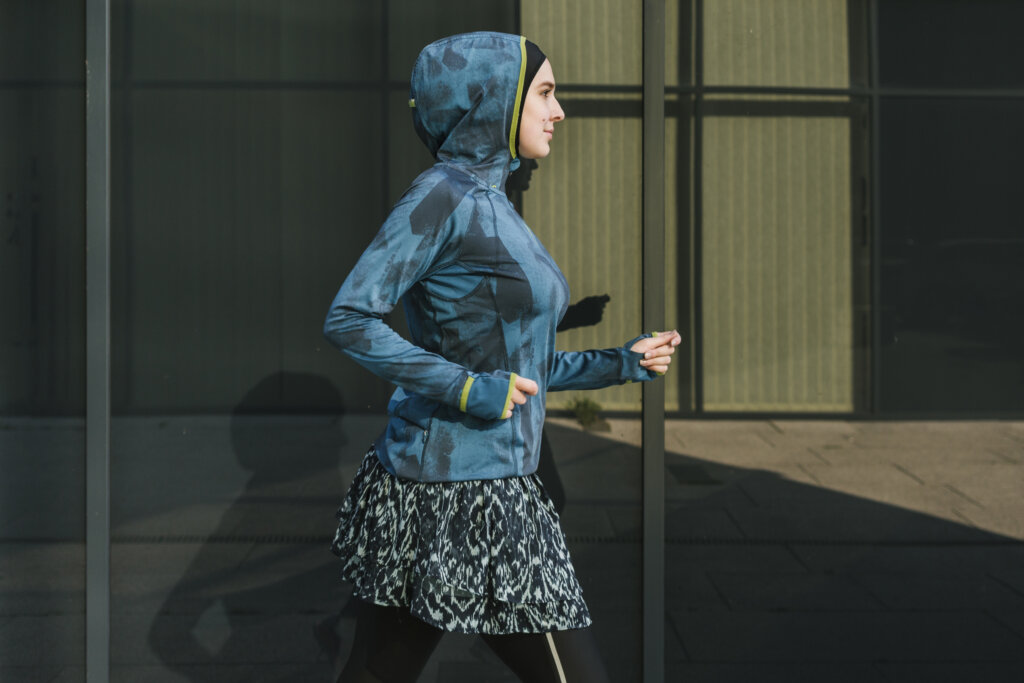
The blouson jacket is made similarly to a bomber jacket, but it includes a fold-down collar in a traditional design.
Athletic Jacket

Varsity jackets, also referred to as letterman jackets, contain patches on the front, arms, and sleeves that are a different color than those on bomber jackets. Originally worn for high school sports, these jackets are now popular outside of the classroom.
Harrington:
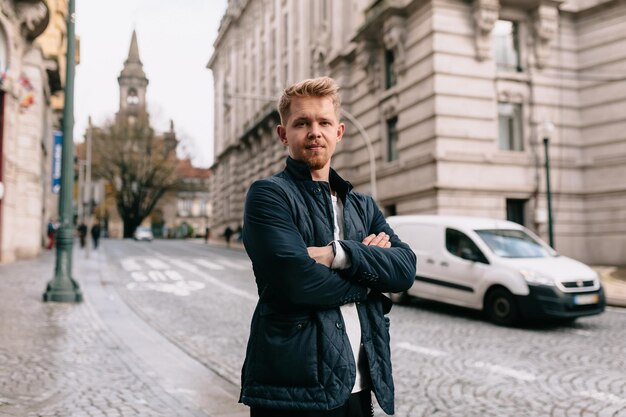
The Harrington jacket is similar to the bomber jacket from different types of men’s jackets in that it has a zipped front and a tight waist, but it has a high collar as opposed to a low one.
Motorcycle Jacket
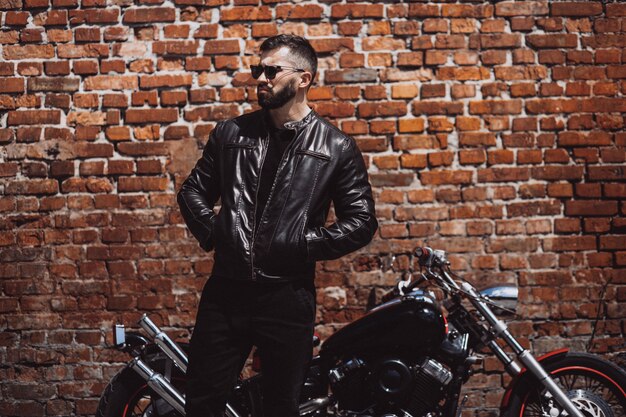
Motorcycle jackets, often known as biker jackets, are designed to protect in the event of a traffic collision. They are typically composed of heavy materials, such as leather, have high collars, and have several layers.
Two-Button Jacket
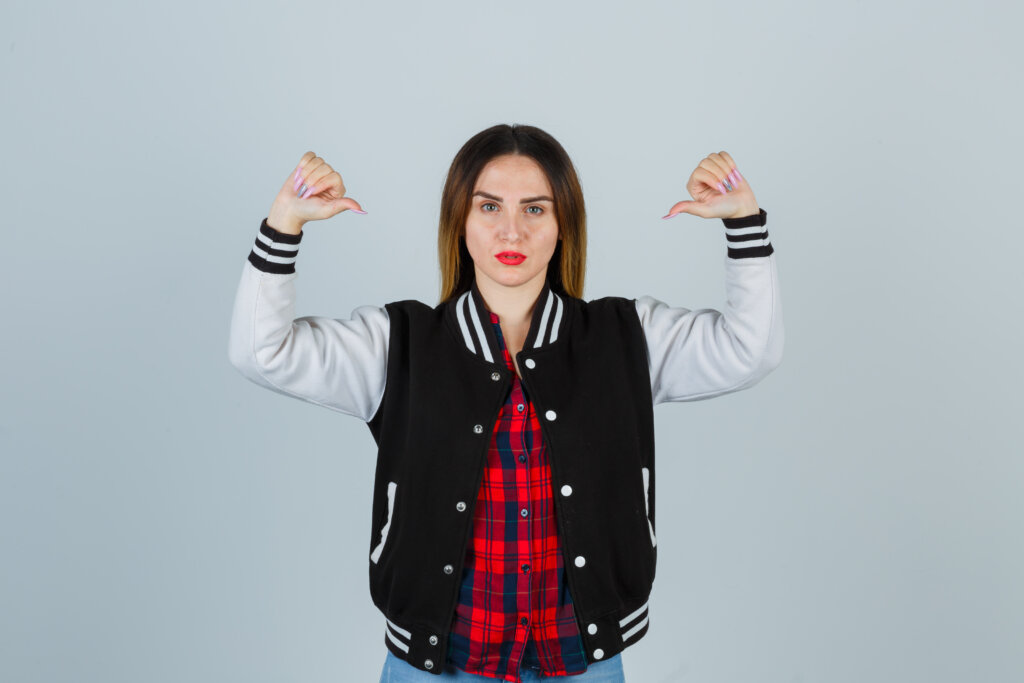
With large front lapels that cross the wearer’s body, a loose-fitting jacket type is often worn with formal attire. The front of the lapels has two columns of buttons that are used to secure them.
Uniform Jacket
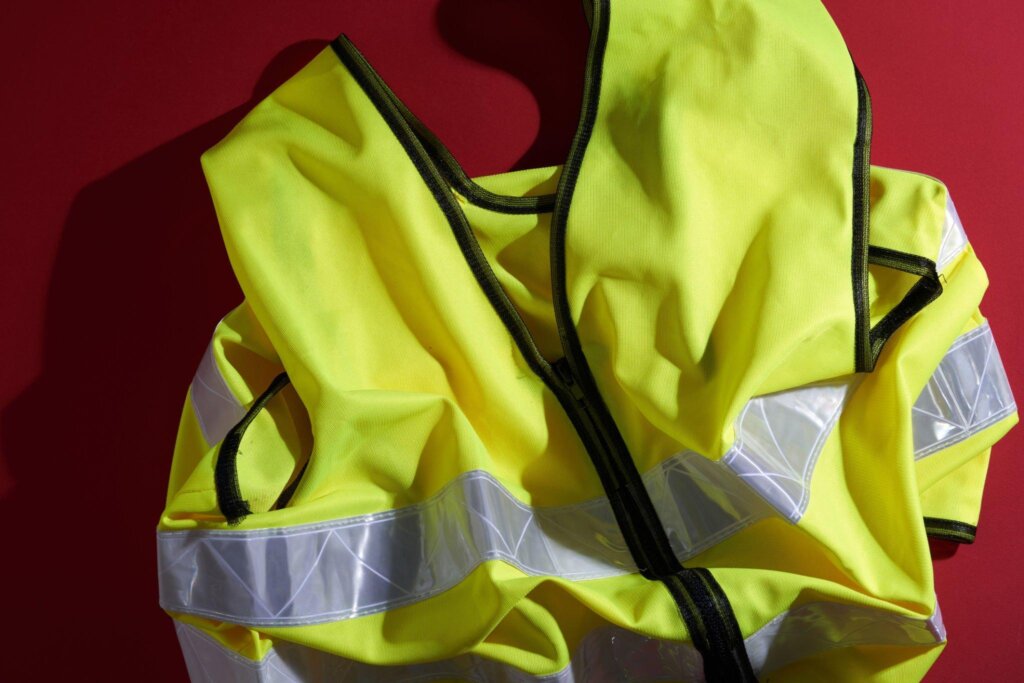
A suit jacket is designed for formal wear, and it normally comes in basic colors with minimal adornment and a matching pair of pants. They are single-breasted, so at the front, where the button closure meets, the lapels only slightly overlap.
Tuxedo
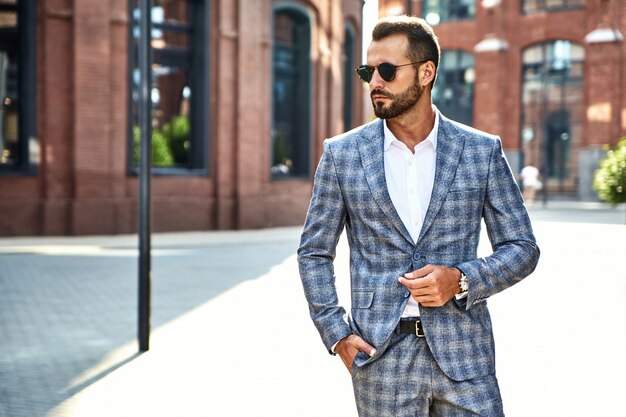
A dinner jacket, sometimes known as a tuxedo jacket in the United States, is typically associated with warmer areas and is made of black or midnight blue wool; however, white may also be utilized. Shawl lapels have facings and lapels made of silk, typically grosgrain or satin.
Blazer
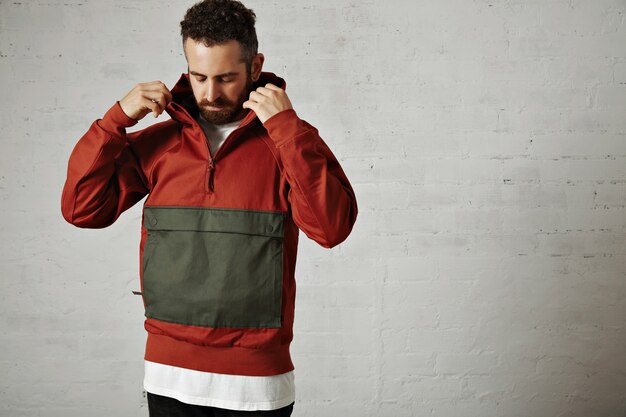
The blazer is more in line with the design of an unstructured jacket: straightforward, with softer shoulders and a loose fit.
Puffer Coat
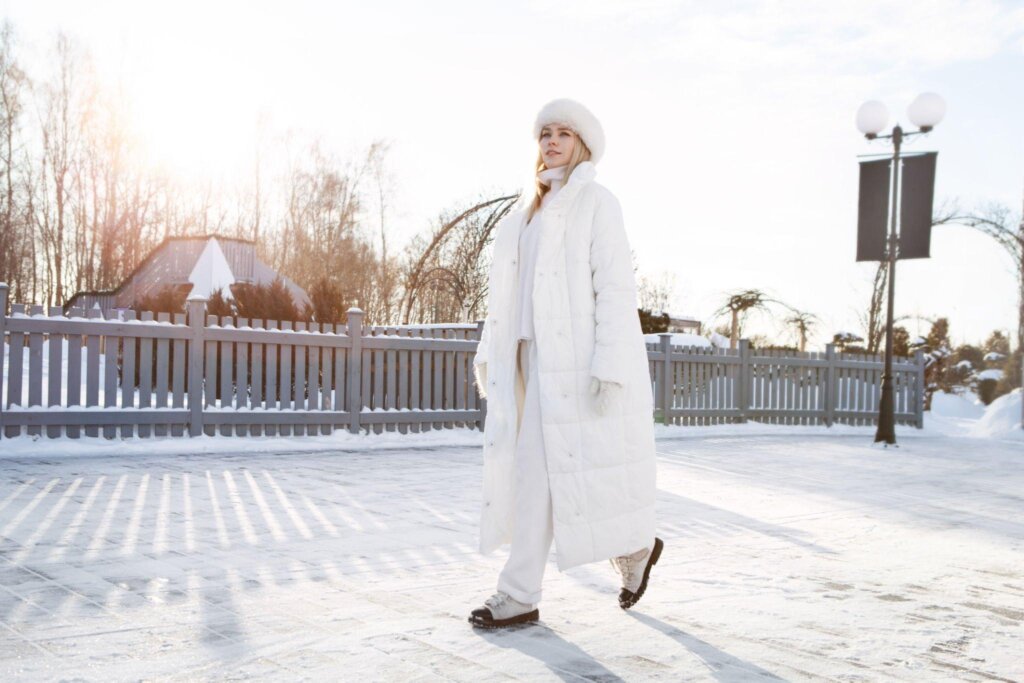
Puffer jackets, which are also called quilted jackets or down jackets, are insulated with down feathers or other warm jacket materials and quilted, making them ideal for the winter.
Anorak
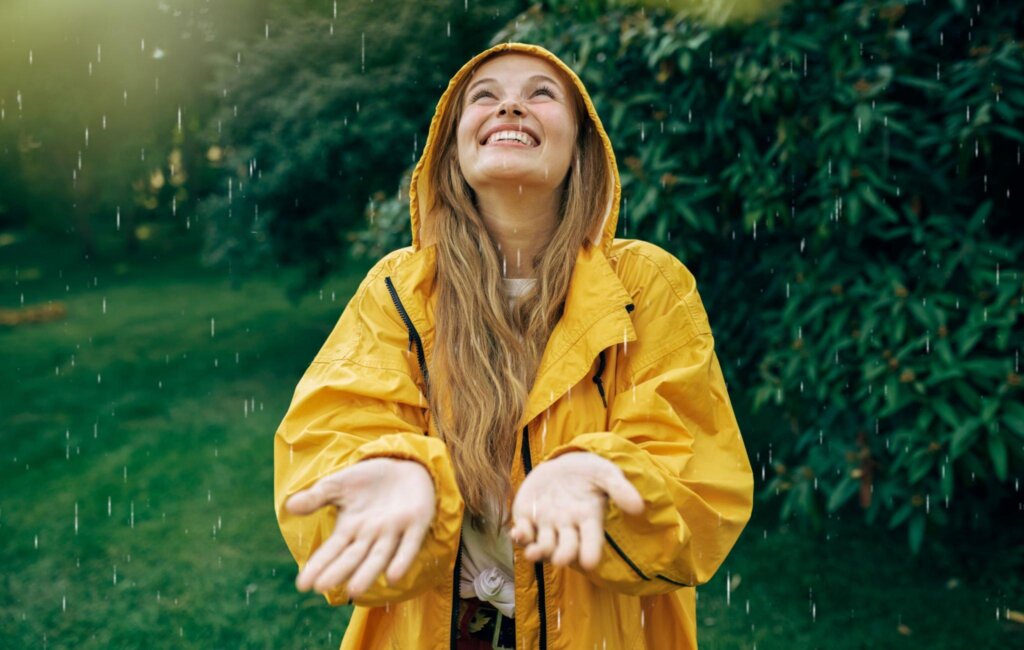
The Caribou Inuit devised the hooded, bulky, well-insulated anorak to defend them from extremely chilly weather. They frequently come in the form of pullovers with drawstrings for adjusting the hood, much like hoodies.
Windbreaker
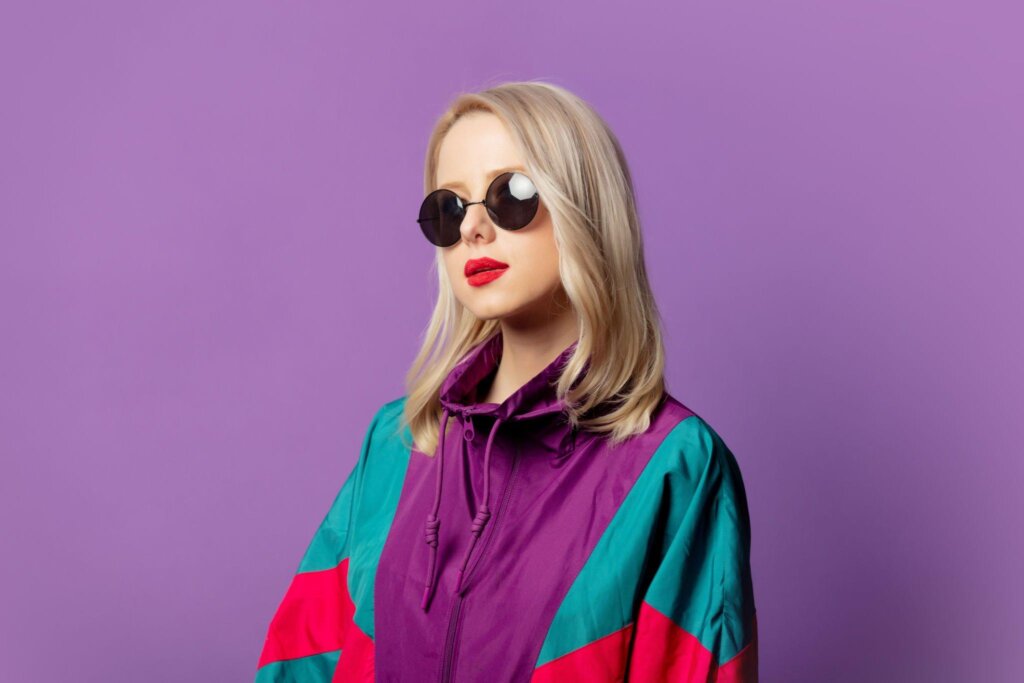
A windbreaker, a lightweight garment, is primarily made to endure high winds and light rain. It may be folded into a small size and conveniently stowed in a duffel bag or backpack, and it is typically made of synthetic materials.
A field Jacket
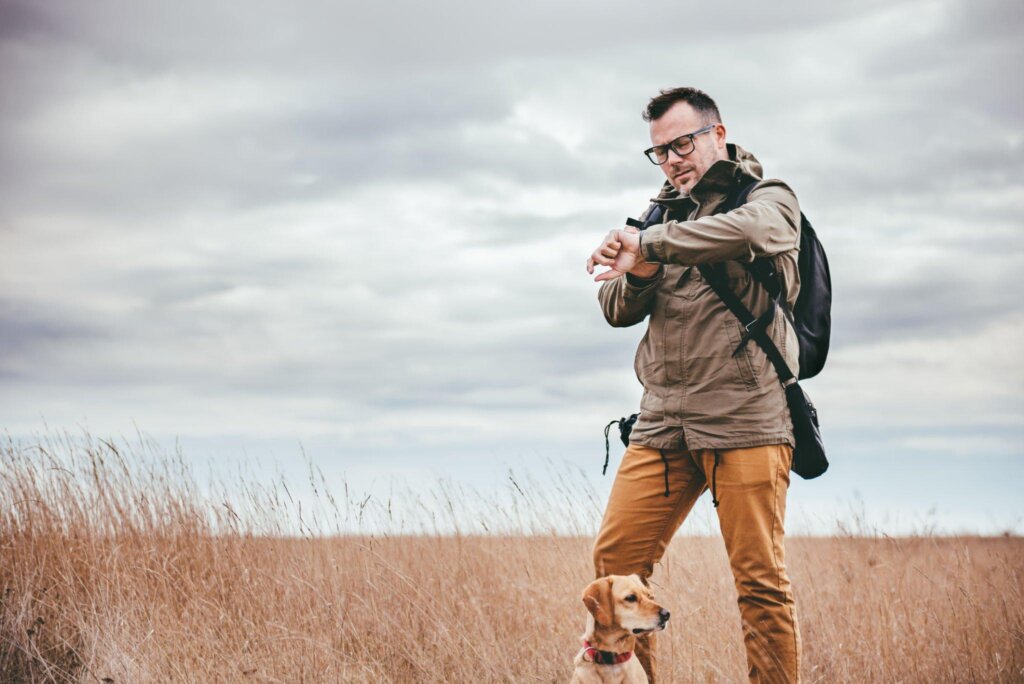
Soldiers in World War I and subsequently in the Vietnam War first wore light field jackets, water-resistant coats with four front pockets.
Chore Jacket

A chore jacket is a durable piece of workwear constructed of heavy materials like denim or twill.
Which Type of Jacket is Best?
The type of jacket that’s best for you depends on several factors, including:
Climate and weather
A parka, down jacket, or peacoat, which are heavier insulated jackets, will keep you warm if you reside in a colder climate. A lighter jacket, such as a bomber jacket, denim jacket, or blazer, should work for milder climates. Consider the temperature range you need it for to determine the level of insulation.
Activities
Think about what you’ll be using the jacket for. A rugged outdoor jacket is good for hiking and camping, while a sleek blazer is better for work or dinner out. A versatile jacket like a field jacket, utility jacket, or chore coat can handle both casual and slightly dressy occasions.
Style
Pick a jacket that complements your personal style. Choose a denim jacket, hoodie, or bomber jacket if you prefer unstructured, relaxed aesthetics. For a classier look, consider a trench coat or overcoat. A leather jacket adds an edgy vibe.
Wear a jacket that is meant to be your size and style, makes you confident, and gives you ease. You can add one (or two!) of your favorite jackets to your wardrobe thanks to the variety of choices available.
What is the Most Popular Type of Jacket?

The bomber jacket is arguably the most popular and iconic jacket style. Bomber jackets, also known as flight jackets, were created for pilots in the early 20th century to keep them warm while flying in open-cockpit planes. Today, bomber jackets have become a fashion staple and cultural symbol of coolness.
Bomber jackets are lightweight, waist-length jackets made of leather, nylon, or polyester. They usually have an elasticized waist and cuffs and are slightly padded for warmth. The traditional bomber jacket includes a front zipper, two hip-level slash pockets, and a ribbed collar, cuffs, and hem.
For decades, bomber jackets have been featured in pop culture, music, and motion pictures, solidifying their place in the annals of fashion. They evoke feelings of youth, disobedience, and unconventionality. Bomber jackets can be dressed up or down and work for many occasions.
You may choose a men’s or light women’s bomber jacket that fits your budget thanks to the variety of pricing points offered by numerous sites. Overall, the bomber jacket hits that sweet spot of being fashionable yet functional, which is why it remains the most popular jacket style season after season.
Which Jacket is Best in Winter?

When the temperatures drop, a warm winter jacket is essential. The best options for frigid weather are:
Down Jackets
Down jackets are filled with soft, fluffy down feathers that provide excellent insulation for their weight. Look for a down jacket with a high fill power, like 600 or higher, for maximum warmth without excess bulk. Down jackets are lightweight, compressible, and great for layering. However, down loses some insulating ability when wet. For very cold, dry climates, a down jacket is an ideal choice.
Parkas
Parkas are longer winter coats designed for maximum coverage and protection from the elements. They typically have a fur-trimmed or insulated hood and a longer cut. Parkas are often made of waterproof fabrics with an insulated lining to block wind and keep you dry in snow or rain. They provide excellent coverage for your whole upper body but can be less compressible. Parkas are a great all-purpose winter coat for a range of activities.
Synthetic Insulated Jackets
Jackets insulated with synthetic fills like polyester provide excellent insulation for their weight and retain more ability when wet compared to down. Popular synthetic fills include Thinsulate, PrimaLoft, and Polartec. Synthetic jackets are more affordable, water-resistant, and durable, but they are often less compressible than down. For damp, very cold climates, a synthetic insulated jacket is a practical choice.
For the coldest winter weather, invest in a high-quality down parka, down jacket, or synthetic insulated jacket. Focus on high fill powers for down, water resistance, and coverage to suit your needs. With the proper winter jacket, you’ll stay toasty no matter how low the temperatures drop!
What Type of Fabric is Used for Jackets?

The most common jacket material types are:
- Cotton is lightweight, breathable, and comfortable. Great for casual jackets like denim jackets.
- Leather is durable and stylish. Used for jackets like bombers, motos, and blazers. Real leather tends to be more expensive but of higher quality. Faux leather is a type of leather that is a cheaper alternative.
- Wool is warm, durable, and wrinkle-resistant.
- Polyester is a low-cost, long-lasting, and water-resistant material. utilized for jackets such as windbreakers, softshells, and ski jackets.
- Down: Provides excellent insulation for its weight. Used for down jackets and winter coats.
- Fleece: Lightweight, warm, and cozy. Used for casual jackets like hoodies, pullovers, and zip-ups.
- Canvas is durable and casual. Used for jackets like field jackets, chore coats, and safari jackets.
- Suede: Soft, luxurious leather with a napped finish. Used for stylish jackets like bomber jackets. More delicate than regular leather and not water-resistant.
- Corduroy is a soft, ribbed fabric great for casual jackets. Used for jackets like sherpa jackets, trucker jackets, and corduroy blazers.
The type of jacket cloth largely depends on the jacket’s purpose and your needs. A single jacket can also combine multiple fabrics for enhanced functionality. Consider characteristics like weather resistance, insulation, durability, breath ability, and style while selecting a jacket. You can remain stylish and comfortable for years to come with the correct lightest fabric.
Conclusion
You are knowledgeable about all the available jacket options. Regardless of the season, jackets give every ensemble depth. After reading this text, we’re confident you can readily identify a Harrington jacket or Denim jacket, among other types. There is a jacket for you out there, from anoraks to windbreakers!
Do you want something sleek and stylish or rugged and practical? Now get out there and find yourself a new jacket manufacturer. You should treat yourself to something nice that you will enjoy for many years. Please come. And now you are aware of where to look for further useful advice and direction if you ever have any other questions about men’s fashion or what to wear.


